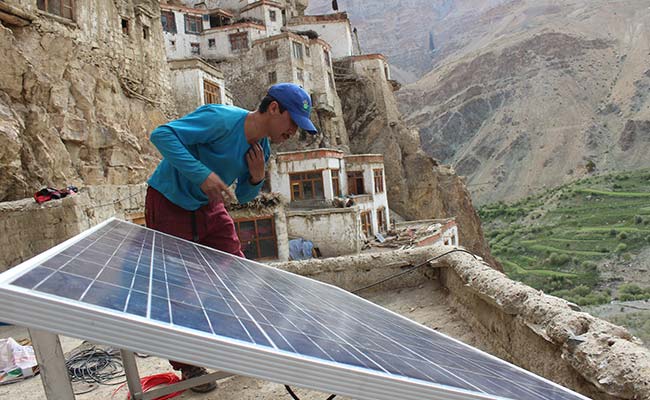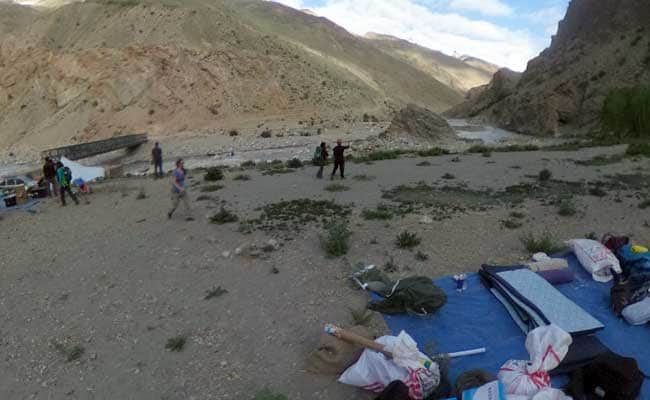
- Lighting The Himalayas /
- Highlights
Highlights
Lighting The Himalayas: Follow The Trek
Count down begins!! Don't miss to watch #LightingTheHimalayas on 15th August. Know more: https://t.co/UsF3RShETKpic.twitter.com/J2pye0kktW
- NDTV Prime (@NDTVPrime) August 10, 2016
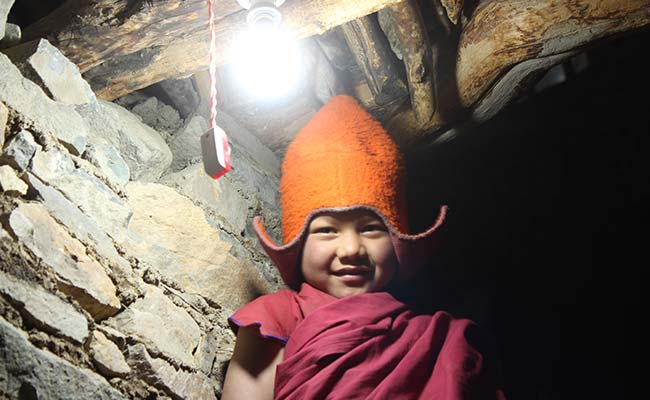
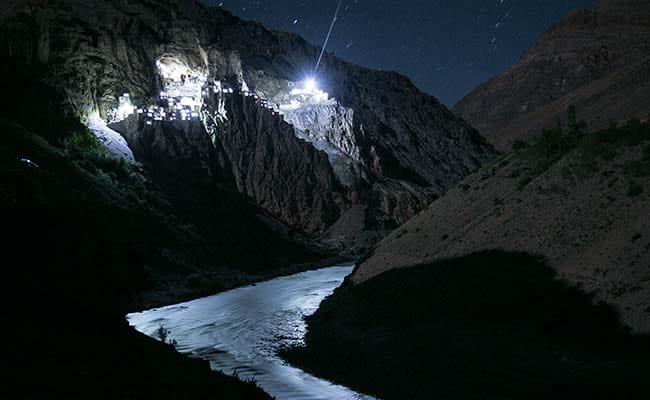
Clad in traditional Ladakhi (or Ladakhi?) robes and stone-studded head gears, people from nearby villages joined the celebration at the monastery. People can be seen swaying to the rhythm of Ladakhi folk music.
Move this video around to get different perspectives.
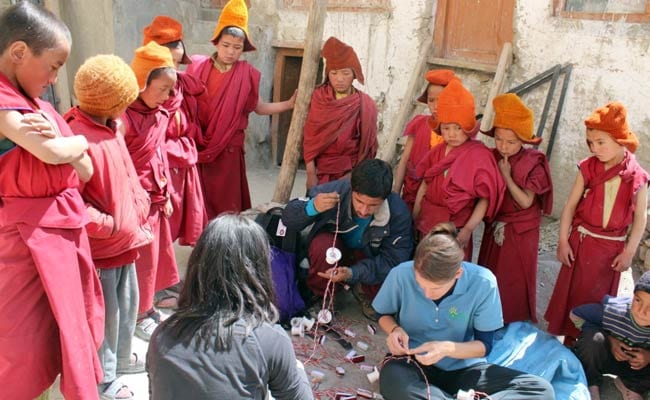

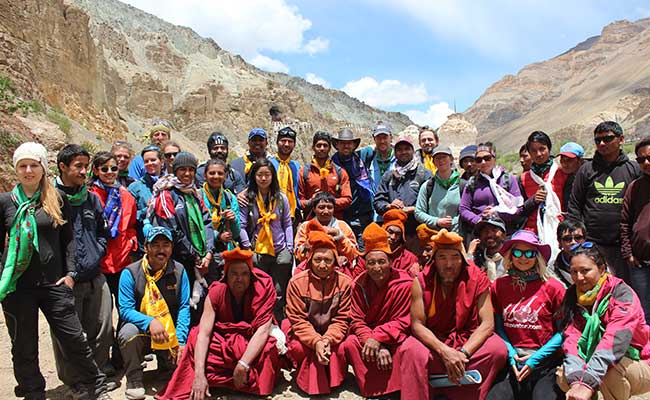
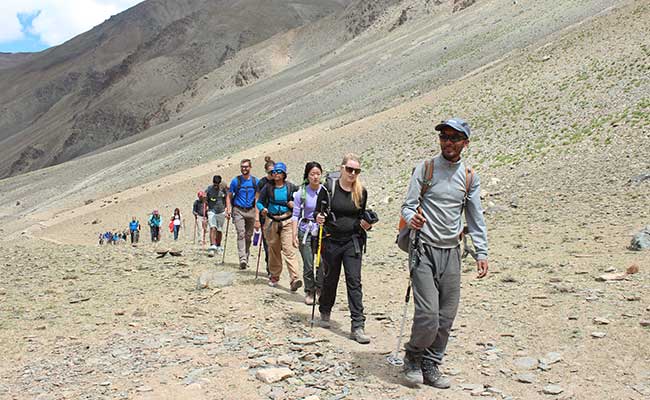
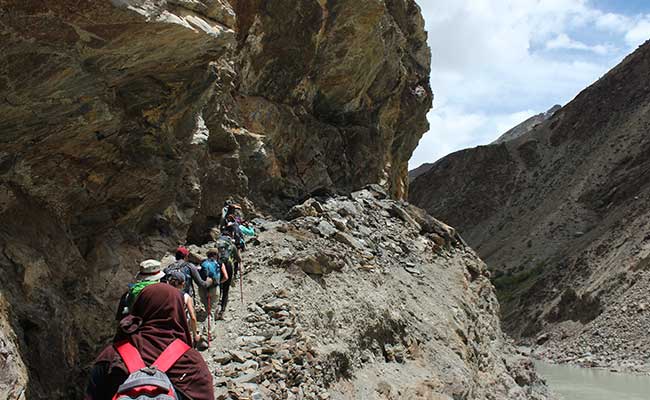
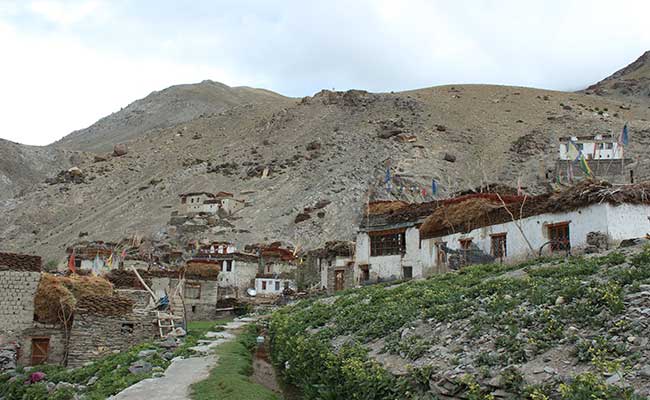
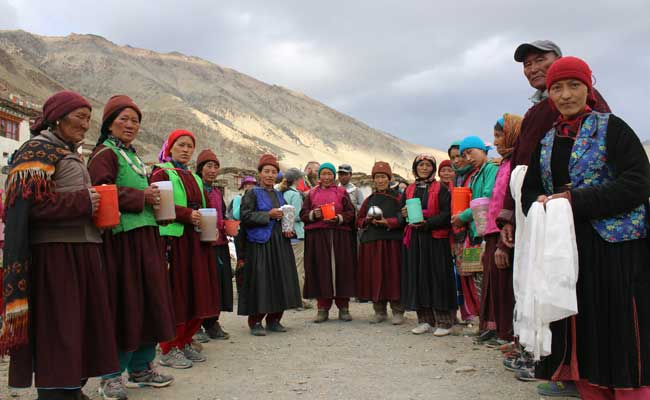
Move this video around to get different perspectives.
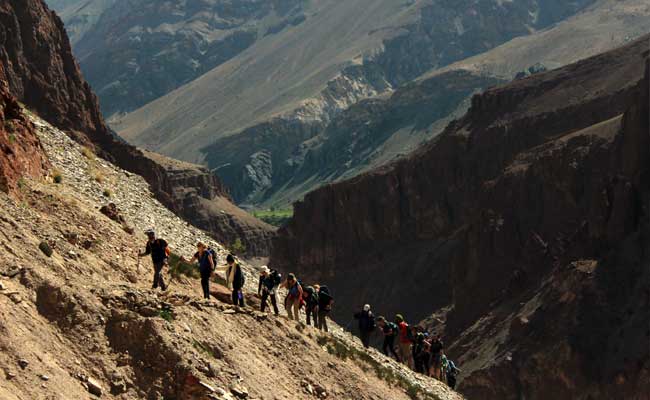
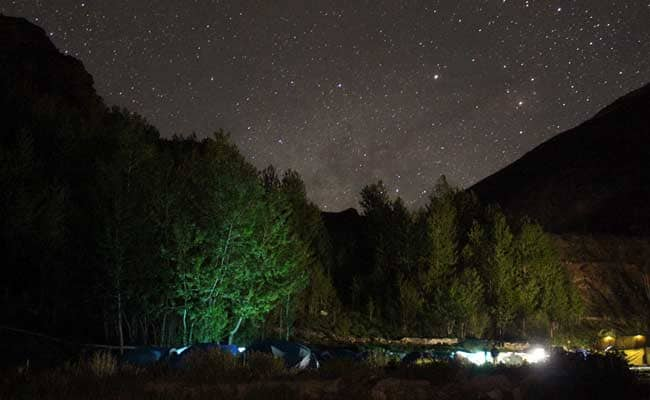
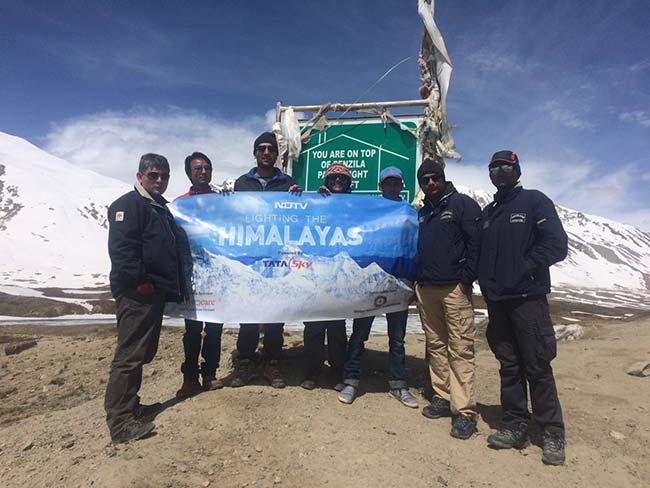
A male nurse who was part of the expedition carried a few basic medicines and machines to keep a check on altitude sickness.
The luggage was transported by the support staff of 15 members on 45 horses. They set up the tents and prepared food for everyone.
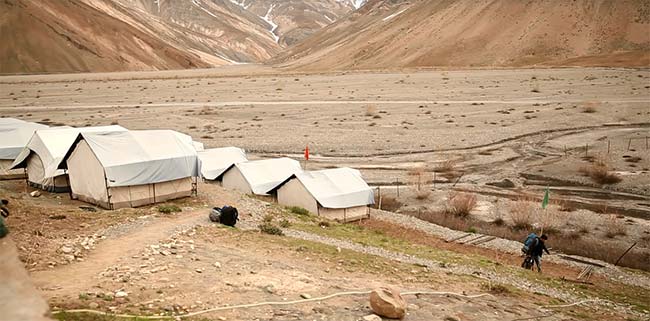

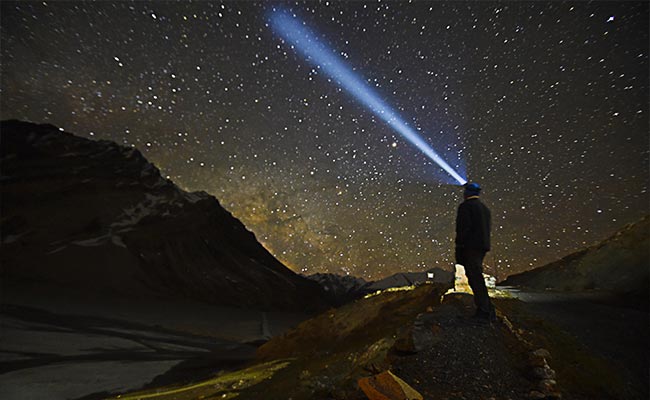
#LightingTheHimalayas team is electrifying #PhugtalMonastery with solar-power. More on it: https://t.co/UsF3RShETKpic.twitter.com/c9aJad1xEY
- NDTV Prime (@NDTVPrime) July 18, 2016
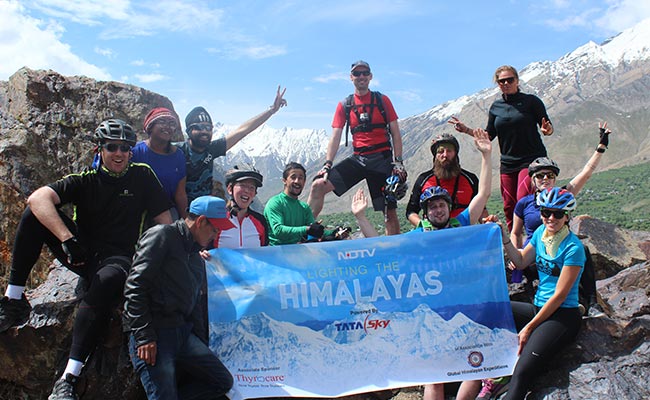
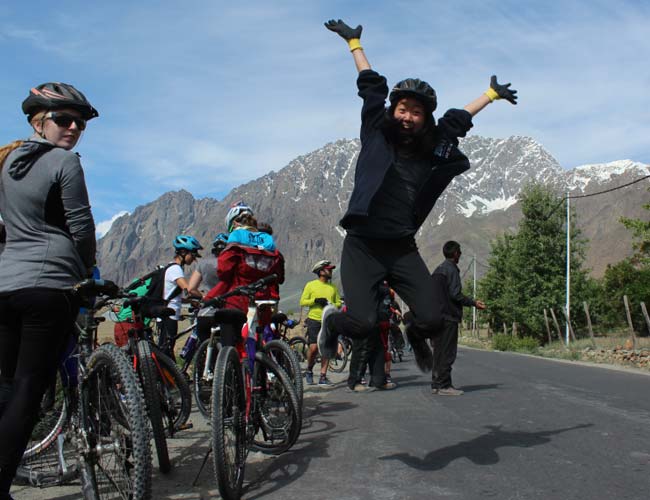
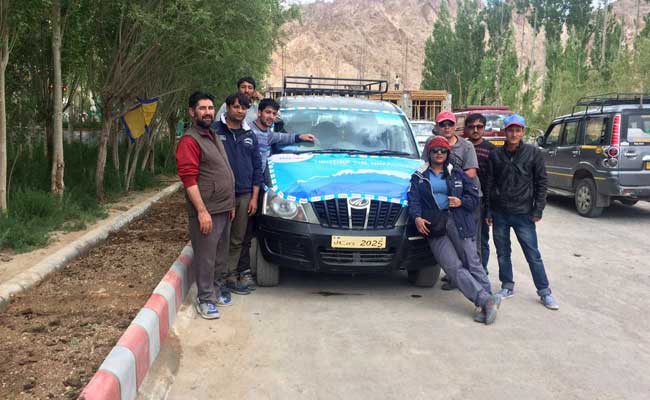
Team #LightingTheHimalayas on its way to Kargil, Ladakh. Follow their mission here: https://t.co/UsF3RShETKpic.twitter.com/zNr1fm14eR
- NDTV Prime (@NDTVPrime) July 5, 2016
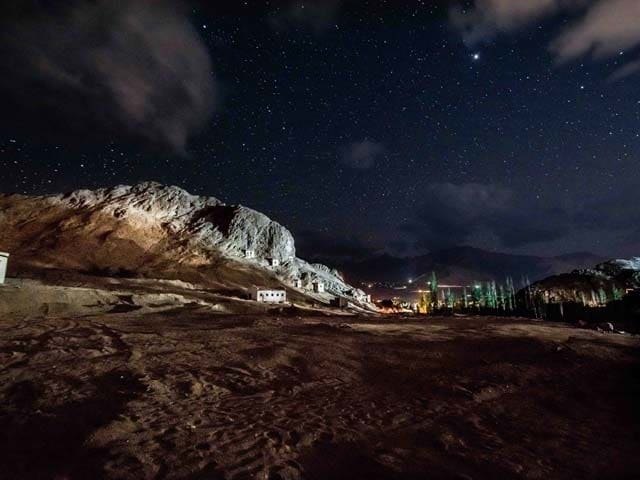
The change makers are greeted with warmth & the traditional #Khatak by the Head Lama of Mahabodhi Meditation Centre. pic.twitter.com/7VTLHXQV7V
- NDTV Prime (@NDTVPrime) June 7, 2016

The Kushok Bakula Rimpochhe (KBR) Airport in Leh is at an altitude of 3256 meters, and only the best pilots can maneuver through the mountains and thin air to make a safe landing on this unique airstrip.
Join us and the Global Himalayan Expedition (GHE) in our efforts to power up the Phugtal Monastery with solar micro-grids that produce green energy. The monastery, an ancient heritage which is home to 150 monks, is tucked away in the Himalayas with barely any access to basic amenities.
................................ Advertisement ................................
About the Initiative
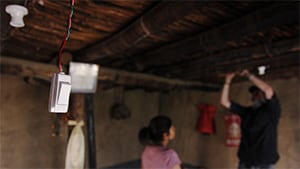
The remote settlements of the Himalayas continue to struggle for basic amenities in the 21st century. The future of these communities is at stake. They live in extreme climatic conditions, without electricity, health care and education.
Lighting the Himalayas is a journalistic feature series, committed to procurement and documentation of the on ground installation of renewable powered electric grid systems with cost effective, sustainable and scalable designs.
The great Himalayan ranges continue to bear the effects of climate change in the most extreme weather and living conditions. Longer summers, heavy rainfall, floods, droughts and soaring temperatures are one of the more evident symptoms of this disease.
To add to the severity of climate change almost 3000 Himalayan villages are based above an altitude of 13,000 Ft, which ensures that they remain cut-off from the world for over half a year.
The Lyungnak valley of ladakh, which is also home to the 2500 Phugtal Monastery and the remotest village of Zanskar Shade, has witnessed several calamities due to climate change in the last few years.
This is the story of bringing light to one of the remotest and oldest villages in the world. At an altitude of 14,300 feet, a team of highly motivated change makers, from several corners of the world take on the task of installing sustainable and scalable solar power grids in this pristine hamlet.
This endearing challenge begins in Leh, only to be redeemed 750 kilo meters away in the heart of the steepest, most unhabitable mountain peaks.
Season 1 of Lighting the Himalayas witnessed the 2500 year old Phugtal Monastery’s transition from darkness to light. And Season 2 will see the illumination of the remotest village of Zanskar, called Shade.
About GHE

The Global Himalayan Expedition (GHE) is a social impact enterprise focused on creating tangible change in the remote Himalayan communities. Their approach includes, seeking of beauty and wisdom of the Himalayas and to share it with others through such expeditions. GHE aims to install sustainable & scalable solar power for the rural population of the Himalayan ranges. Their lives are pledged to the provision of green energy and education for the humble residents of this acute landscape.
In the past, GHE has held many other expeditions that involved successful installation of solar power in 10 off-grid Himalayan villages located above an altitude of 12000 Feet. In the near future, GHE will power up 30 more villages and bring light to them.
Join Us
................................ Advertisement ................................


